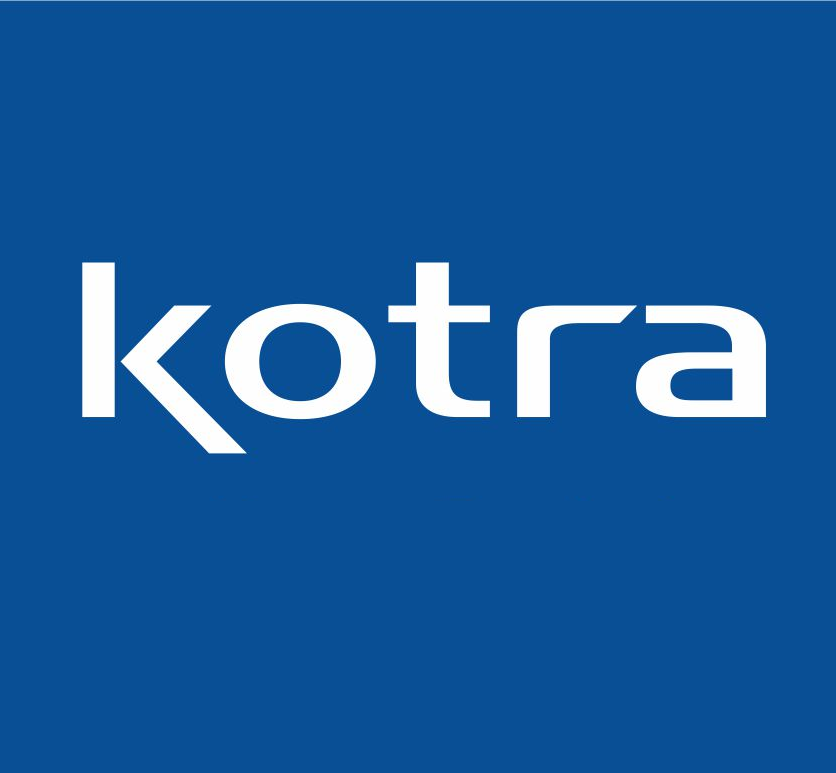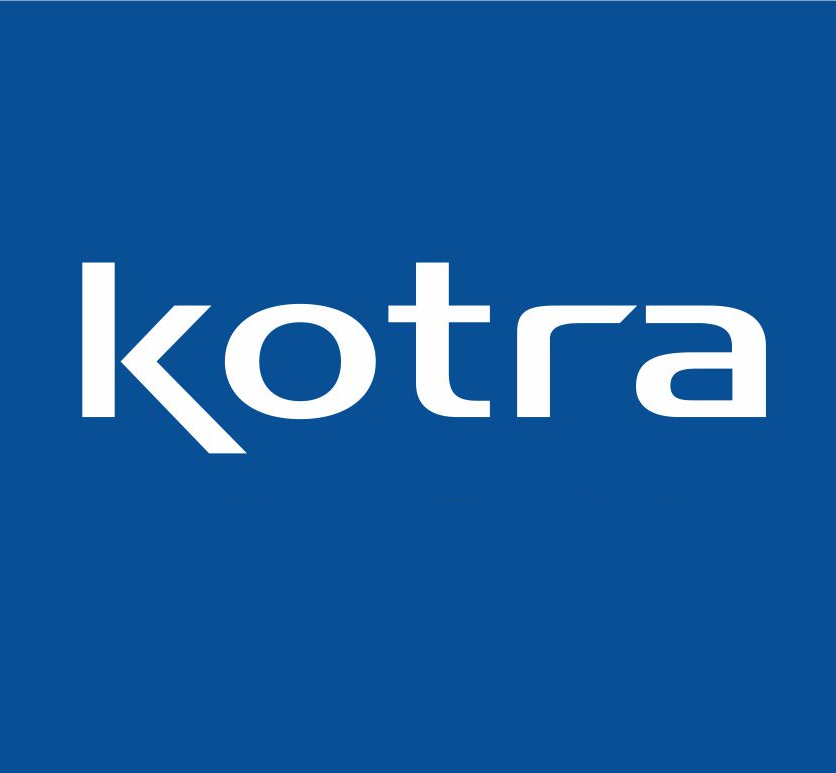The Competitive Industry Analysis of Microencapsulated Pesticides
The Microencapsulated Pesticides Market operates within a dynamic and increasingly competitive Industry landscape. A detailed Industry Analysis reveals a sector marked by constant innovation, strategic collaborations, and a strong push toward sustainable solutions. Understanding the competitive forces at play is crucial for assessing the market's trajectory and potential for sustained expansion.
Competition in this specialized Industry is primarily based on several key factors: the efficacy of the controlled-release mechanism, the versatility of the encapsulation technology (i.e., its ability to handle different active ingredients), the cost-efficiency of the final product, and compliance with increasingly stringent global regulations. Companies that invest heavily in research and development to create novel and highly tailored release profiles often gain a competitive edge. The ability to successfully encapsulate sensitive biological agents, for instance, is a significant differentiator.
A crucial aspect of the Industry Analysis is the role of patent activity and technological specialization. Since microencapsulation is a high-tech formulation science, intellectual property in shell materials, manufacturing processes, and release-triggering mechanisms is a valuable asset. This drives competition as participants seek to develop proprietary technologies that offer superior performance, such as reduced phytotoxicity or enhanced environmental stability. The trend toward developing multifunctional formulations, which combine pest control with nutrient delivery, is another area where technological competition is intensifying.
Furthermore, the competitive Industry environment is being shaped by the market's evolution toward sustainability. Companies that are at the forefront of developing biodegradable or eco-friendly wall materials are well-positioned to capture the growing segment of environmentally conscious growers and comply with future regulatory mandates. This strategic alignment with sustainability goals is becoming a non-negotiable factor for securing future Share.
The overall Industry structure is influenced by the integration of microencapsulated products into Integrated Pest Management (IPM) systems. Formulations that can demonstrate lower impact on beneficial insects and pollinators while maintaining high target-pest efficacy are particularly valued. As the Microencapsulated Pesticides Market continues its upward Growth, competitive differentiation will increasingly depend on a combination of superior formulation science, commitment to sustainability, and strategic partnerships across the agricultural supply chain. A clear-eyed Analysis of the Industry is essential for all participants to maintain their relevance and secure their position in this specialized sector.
FAQs
-
What are the primary factors driving competition in this industry? Competition is primarily driven by the efficacy of the controlled-release mechanism, technological specialization in encapsulation, compliance with global environmental regulations, and the ability to encapsulate sensitive active ingredients like biologicals.
-
How is sustainability affecting the industry's competitive landscape? Sustainability is a major factor, with companies gaining a competitive advantage by pioneering biodegradable or bio-based encapsulation materials that appeal to environmentally conscious growers and meet stricter regulatory standards.
Microencapsulated Pesticides Market | Market Share


